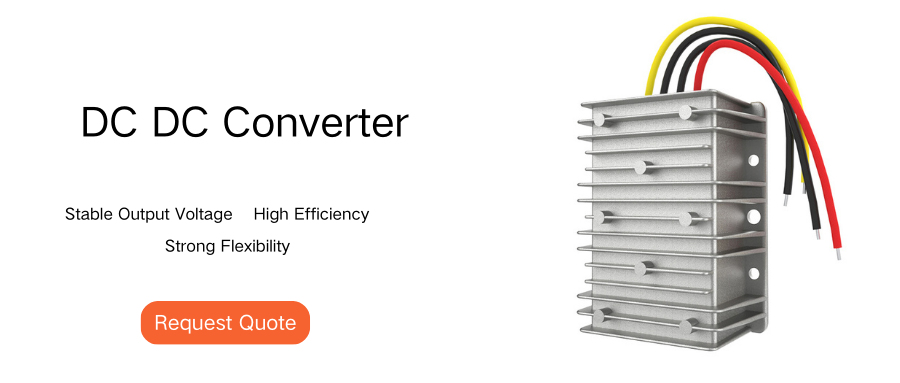Power management plays a vital role in modern electronic devices and systems. The role of DC/DC converters (DC-to-DC converters) as part of a power management system should not be underestimated. DC/DC converters provide the appropriate power supply for a variety of applications by converting one dc dc voltage convertere to another. This article will discuss the applications of dc a dc converter in different fields.
Consumer electronics
In consumer electronics such as smartphones, tablets, and laptops, ac to ac current converter are used to convert battery voltages into different voltages needed to drive displays, processors, and other peripherals.
Electric vehicle
In electric vehicles, dc to dc converter are used not only for battery-powered drive motors, but also for switching high-voltage power to low-voltage power to supply the vehicle's electronics and lighting systems.
Industrial automation
DC-DC converters also play an important role in industrial control systems. They provide dynamic power options for control modules, sensors, and actuators to meet the energy requirements of different operating conditions.

Communication equipment
In network equipment and wireless communication systems, DC/DC converters are used to ensure a stable power supply to signal processors, power amplifiers, and other important components.
Medical equipment
For medical devices that require high reliability and accuracy, DC/DC converters ensure that each component receives the required stable voltage for device performance and patient safety.
A dc dc converter is a critical power management component that provides a reliable power supply to a wide range of electronic devices by efficiently converting DC voltage to different voltage levels. Its main functions include voltage conversion, improving energy utilization, enabling power management, and providing stable, low-noise output.
Summary
A ac to ac voltage converter is a critical power management component that provides a reliable power supply to a wide range of electronic devices by efficiently converting DC voltage to different voltage levels. Its main functions include voltage conversion, improving energy utilization, enabling power management, and providing stable, low-noise output.







